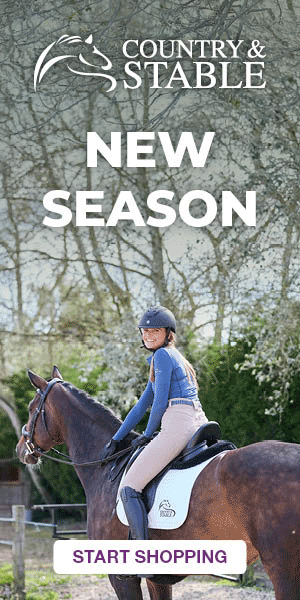Building Confidence While Riding a New Horse
Your confidence level can make or break your horse’s performance. A perfect example comes from a 7-year-old Oldenburger mare who would jump flawlessly with a confident male rider but refused to perform when female riders showed hesitation.
Building horse confidence goes beyond just focusing on the horse—it creates a two-way partnership. Horses may become anxious if they’re too sheltered, while riders often struggle with their own confidence issues that affect their riding enjoyment. Trust develops through ground skills, breathing techniques and proper horsemanship, especially when you have a new horse.
This piece will give you the practical techniques to build confidence both on the ground and in the saddle. You might be an experienced rider meeting a new mount or a beginner working through nerves. We’ll explore proven ways to help you create a strong, confident bond with any horse you ride, from breathing exercises to trust-building strategies.
Understanding Your Fear When Riding New Horses
“Courage is being scared to death but saddling up anyway.” — John Wayne, Legendary American actor and horseman
Sitting on an unfamiliar horse can make anyone feel scared. Research shows 30% of people worldwide deal with anxiety at some point in their lives. Even seasoned riders feel nervous when mounting a new horse.
Common sources of riding anxiety
Riders get anxious for several reasons:
-
Past negative experiences – Bad memories of falls, horses running away or accidents leave lasting marks
-
Fear of injury – Worries about getting hurt while handling such a large animal
-
Performance pressure – Setting the bar too high and fearing others’ judgement
-
Lack of control – Not knowing how a new horse will react to your signals
-
Overthinking – Getting stuck on “what-ifs” and imagining the worst
Some riders skip riding completely because they worry about injuries. They prefer to watch trainers work with their horses instead. On top of that, many riders are perfectionists who fear mistakes and not living up to expectations.
How fear affects your riding ability
Your nervousness doesn’t just stay with you—it changes how your horse behaves. Horses can sense human emotions easily. They pick up even tiny hints of adrenalin in your body.
Anxiety triggers your body’s ‘fight or flight’ response. Your nervous system gets flooded with adrenalin and cortisol, which leads to:
-
Racing heart and quick, shallow breaths
-
Tight muscles and rigid posture
-
Poor focus and decision-making
-
Unclear signals to your horse
So, your horse might get uneasy and start looking for whatever scares you. One riding instructor puts it well: “A nervous rider quickly creates a nervous horse and the combination is not fun for either”.
The difference between healthy caution and limiting fear
Not every fear holds you back. Healthy caution helps keep you safe—it’s your brain’s alarm system that stops you from doing dangerous things. To name just one example, that inner voice asking “Do you want to do this?” might be worth listening to.
Limiting fear becomes a problem when it causes too much stress or stops you from doing things you want to. You might have unhealthy anxiety if you:
-
Can’t stop thinking about worst-case scenarios
-
Feel scared about things that used to feel normal
-
Always worry and see things negatively
-
Avoid riding situations you used to enjoy
The core difference lies in whether your caution helps you make decisions or stops you from acting at all. Understanding this helps you use proper caution to ride safely while preventing fear from stealing your joy.
Mental Preparation Techniques for Horseback Riding Confidence
Your mental preparation matters just as much as getting your horse ready to ride. The way you think affects how you perform in the saddle and how your horse responds to your signals.
Visualisation exercises before mounting
Mental rehearsal of your ride creates neural pathways that work just like physical practise. You should close your eyes and create a detailed mental picture of yourself riding with confidence. Let your mind experience every aspect – the rhythm of hoofbeats, the reins in your hands, and what you see from the saddle. Your visualisation becomes more effective when you see it through your own eyes rather than watching yourself from outside. This practise triggers the same brain cells that activate during actual riding and builds stronger neural networks that control your movements.
Positive self-talk strategies
Your inner dialogue shapes your confidence. Replace thoughts like “I’m going to mess up” with statements that enable you like “I’ve trained for this moment” or “I’m capable and prepared.” This doesn’t mean you need to be cheerful always. The goal is to use words that help you move forward. The quickest way to handle negative thoughts is thought-stopping – picture a stop sign or say “stop” in your mind to break the pattern. Then add more helpful thoughts right away.
Setting realistic expectations
Your success starts when you understand your limits and your horse’s boundaries. Think about your current abilities, practise time, and what your horse can do. You should know the difference between goals for amateur riders and professional competitors. Realistic expectations don’t limit your dreams – they help create achievable goals that work better for both you and your horse.
Breathing techniques to stay calm
Controlled breathing helps fight anxiety by stopping the fight-or-flight response. The 4-7-8 technique works well: breathe in deeply for four counts, hold for seven, then breathe out fully for eight. Box breathing offers another option – breathe out for four counts, keep your lungs empty for four, breathe in for four, then hold for four. These methods calm your nervous system and clear your mind quickly. Your horse will relax too because they can sense your emotional state.
Physical Preparation to Boost Riding Confidence
Your riding confidence starts with physical fitness, especially when you get on an unfamiliar horse. A strong body helps you keep control, react quickly, and stay secure when things get challenging.
Exercises to improve your balance and core strength
Good core strength helps you line up better in the saddle and move smoothly with your horse. A strong core reduces strain on your joints and muscles, especially when you have to sit through a trot. You should see your riding improve by a lot after a few weeks of regular core workouts.
These targeted exercises will help:
-
Planks – Strengthen both abdominal and TVA muscles to improve posture
-
Hip lifts with ball squeeze – Work your core while building hip stabilisers
-
Side planks – Make your obliques and lower back stronger to improve balance
-
Single leg balance – Build better stability and proprioception
Biokineticist Catherine Tonks points out that riders should focus on “core strength and stability, hip stability and flexibility, and balance and symmetry”. These elements are the foundations of confident riding.
Proper riding posture for security
Your body position plays a key role in balanced riding. Someone looking from the side should see a straight line through your ear, shoulder, hip, and behind your heel when you sit properly. This setup goes beyond looks—it creates functional balance.
Your security depends on two types of balance: longitudinal (front-to-back) and lateral (side-to-side). Sitting correctly puts you right above your horse’s centre of gravity, which makes staying mounted easier. As you get better, you’ll move with your horse and let your skeleton—not your muscles—keep you balanced.
The right clothing and equipment for confidence
Every rider needs two key safety items: a well-fitting riding helmet that meets current safety standards and boots with a smooth sole and small heel that stop your foot from slipping through the stirrup. On top of that, riding gloves and a body protector can boost your safety and confidence.
Proper riding trousers (jodhpurs, breeches, or riding tights) give you better support than regular clothes for saddle comfort. Look for stretchy fabrics with grip panels at the knee and seat areas. The right clothes make you safer and more confident, letting you focus on building trust with your new equine partner.
Building Trust with a New Horse
“Horses teach you a lot. Very little of it actually has to do with horses.” — Anthony T. Hincks, Author and horse enthusiast
The bond with a new horse starts well before you get in the saddle. Trust forms the foundation of a safe partnership that builds confidence for both horse and rider.
Reading horse body language
Horses use body language as their main form of communication. This makes understanding their signals crucial for any rider. Watch your horse’s overall posture – a soft outline with a lowered head and relaxed tail shows they’re calm. An arched neck with tense muscles might mean they’re alert or alarmed.
Look out for these signals:
-
Ears – Forward or turned out ears show relaxation; pinned ears mean anger
-
Tail – A raised tail indicates excitement; swishing could mean annoyance
-
Eyes – Soft eyes show comfort; wide eyes with visible whites mean fear
-
Mouth – Chewing indicates thinking and relaxation; a tight mouth shows stress
These cues help you know when your horse feels safe or anxious. You can then adjust your approach accordingly.
Ground exercises to establish leadership
Ground exercises help build trust and set clear boundaries. Start with the simple task of standing still. Your horse should learn to stay motionless until you give permission to move. This builds respect and shows your leadership.
Next comes leading exercises. Your horse should walk beside you but slightly behind, matching your pace changes without getting too close. This teaches them that you control their movement – a core principle of herd leadership.
Circle work strengthens this bond even more. Use a long lead rope to guide your horse in controlled patterns around you. This helps them see you as their confident and trustworthy leader.
Creating a positive first riding experience
The right environment makes all the difference for your first ride. Pick a quiet spot away from distractions where both of you feel at ease. Take your time – walk your horse around by hand to help them adjust before you mount.
Keep your first sessions short. Focus on simple transitions and clear signals rather than performance. Quick, successful rides build more confidence than long, stressful ones.
Stay patient and consistent throughout. Horses respond best to leadership that’s fair and firm but kind. This creates a partnership built on mutual respect instead of fear.
Conclusion
Building confidence with a new horse needs both mental and physical preparation. Your experience to become a confident rider begins when you understand your fears and learn to manage them well.
Becoming skilled at key techniques like visualisation, controlled breathing, and positive self-talk will reshape the scene of your riding. Your physical fitness and correct posture are the life-blood to ride securely and stay balanced.
Note that a successful bond between horse and rider comes from mutual trust and understanding. Your connection will deepen substantially as you learn to read your horse’s body language, practise ground exercises, and create positive riding experiences.
Each ride gives you a chance to learn something new. Your confidence builds steadily through regular practise, patience, and small victories along the way. These strategies and knowledge help you build strong bonds with any horse you meet.
How to Sell Your Horse Legally in the UK – A Practical Guide for Horse Owners
Retired Racehorses Near Newbury Looking for a Second Chance
The Priceless Beauty of the Akhal-Teke Horse
Why Ex-Polo Ponies Are the Perfect Horses for New Riders
Electric vs. Non-Electric Horse Waterers: What UK Owners Need to Know
The Complete Guide to Buying a Used Horse box
Preparing Your Horse for Sale: Clean Stable, Clean Horse, and Clean Tack Matter
Making the transition easier for your new horse
Horse Dental Health: Important Facts To Know
Understanding the Equine Pre-Purchase Examination

Welcome to Sell Your Horse, a platform dedicated to connecting equestrians with each other, making horse buying and selling easier and more transparent. With a focus on technology and community-building. My mission is to help like-minded equestrians find the right connections, share knowledge, and build a trusted equine network.
Search The Blog
Recent Posts
- How to Sell Your Horse Legally in the UK – A Practical Guide for Horse Owners
- Retired Racehorses Near Newbury Looking for a Second Chance
- The Priceless Beauty of the Akhal-Teke Horse
- Why Ex-Polo Ponies Are the Perfect Horses for New Riders
- Electric vs. Non-Electric Horse Waterers: What UK Owners Need to Know
Search Popular Categories
ADVERTISE FOR FREE!
Find horses for sale nearby you. Share adverts with friends on social media. Browse horses for sale on the go. Advertise your horse for sale in minutes!
» ADD YOUR LISTING HERE





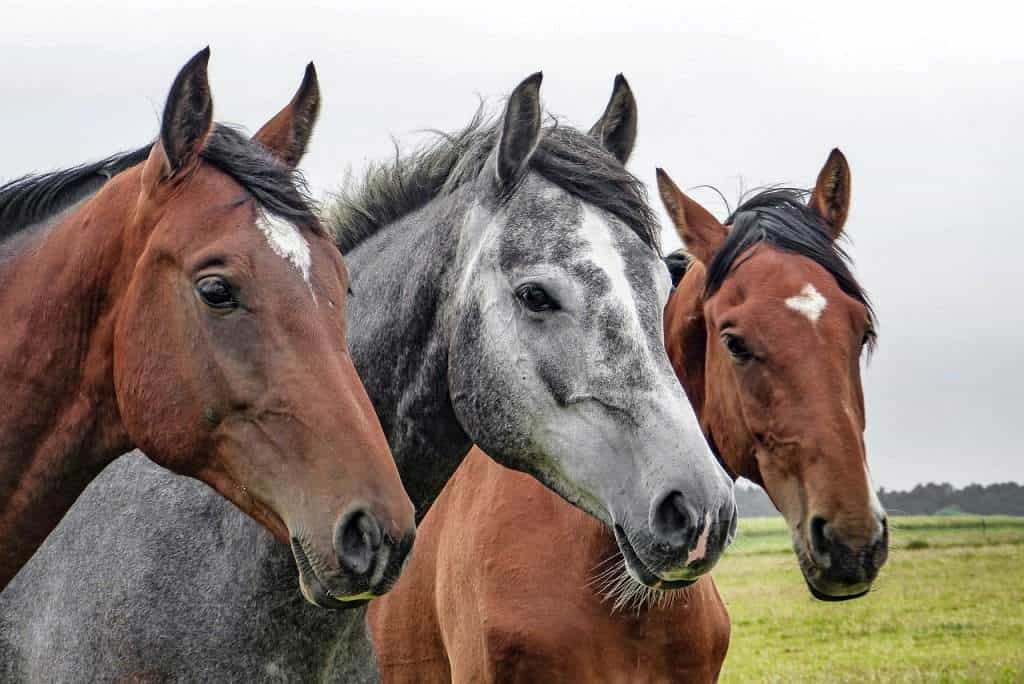
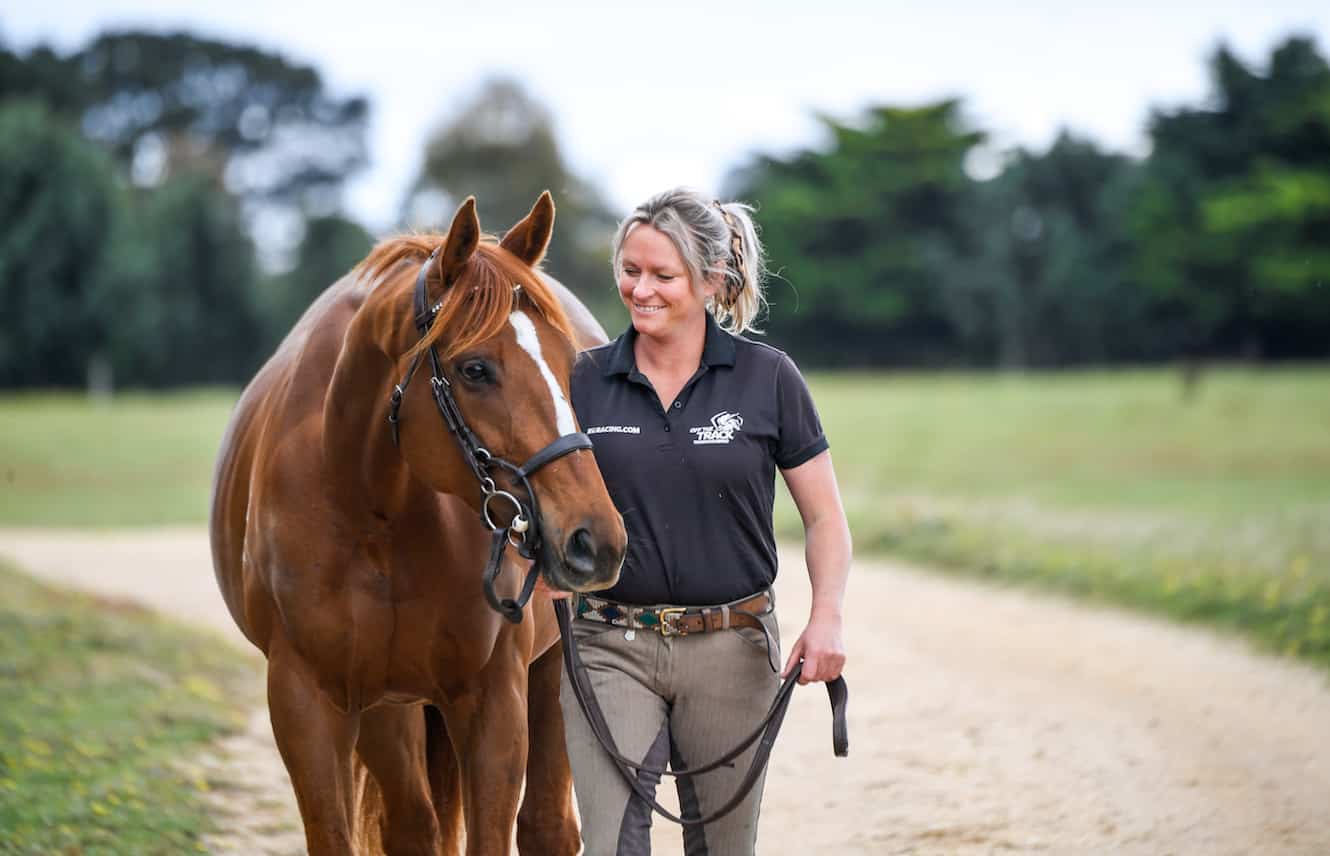
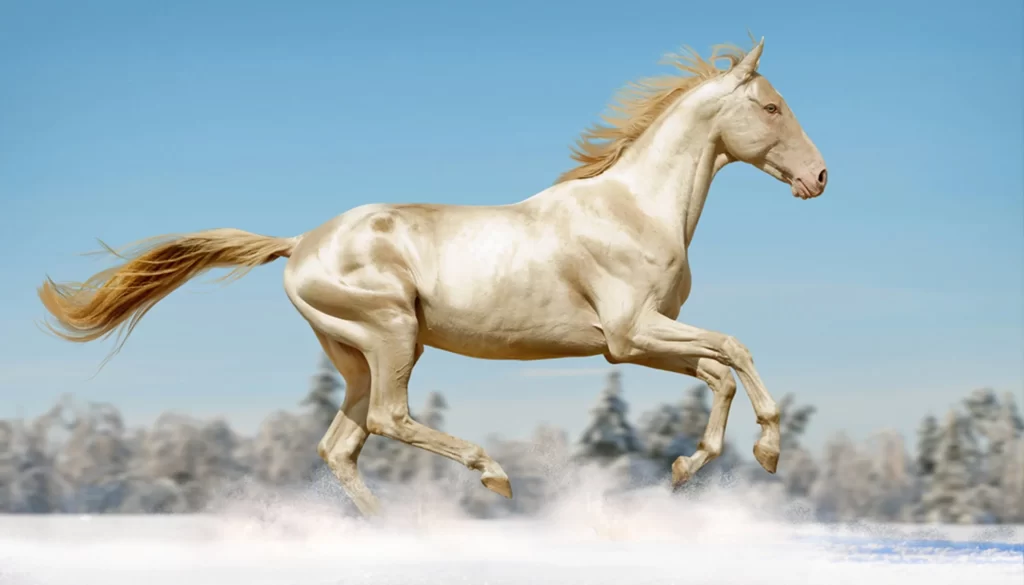
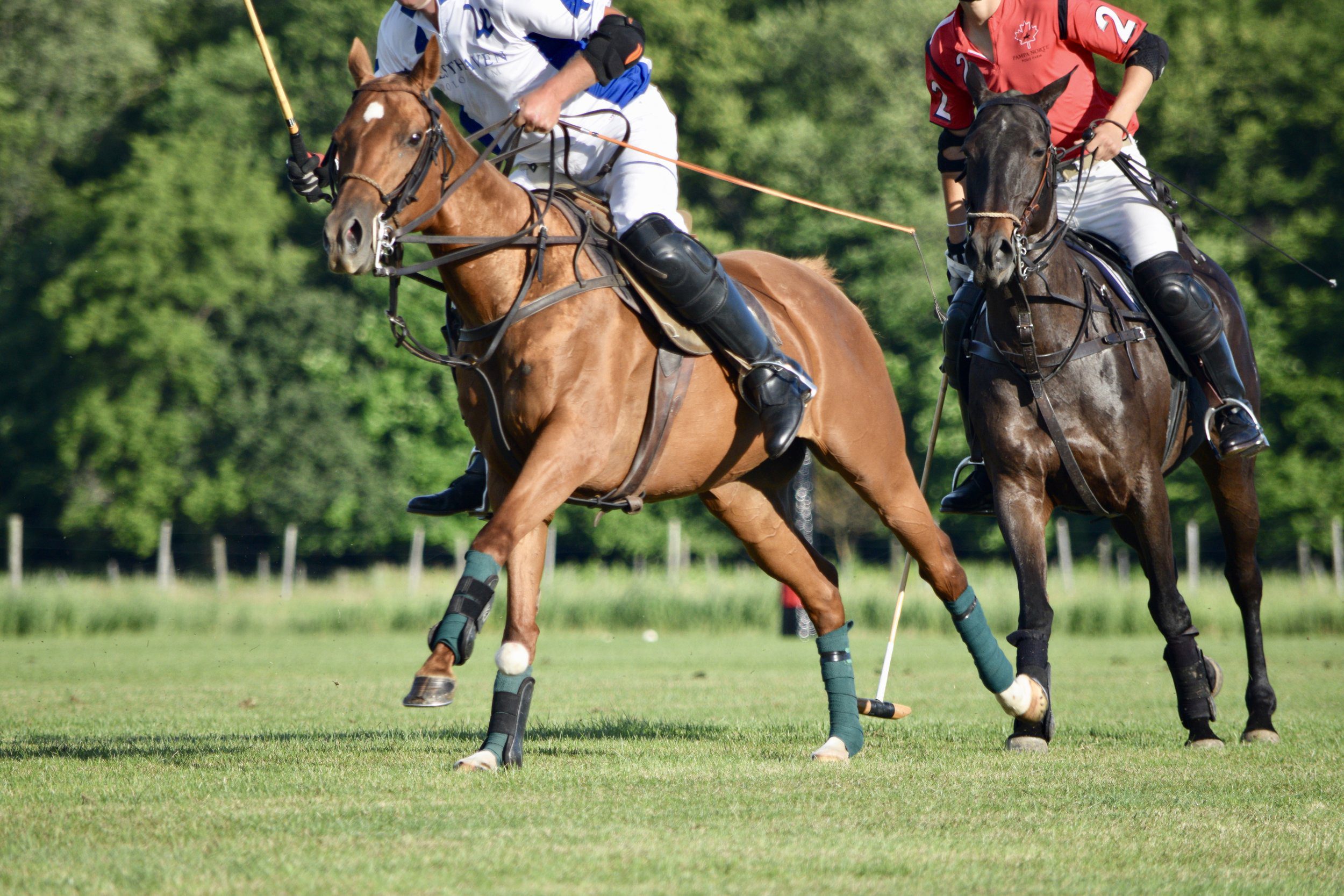
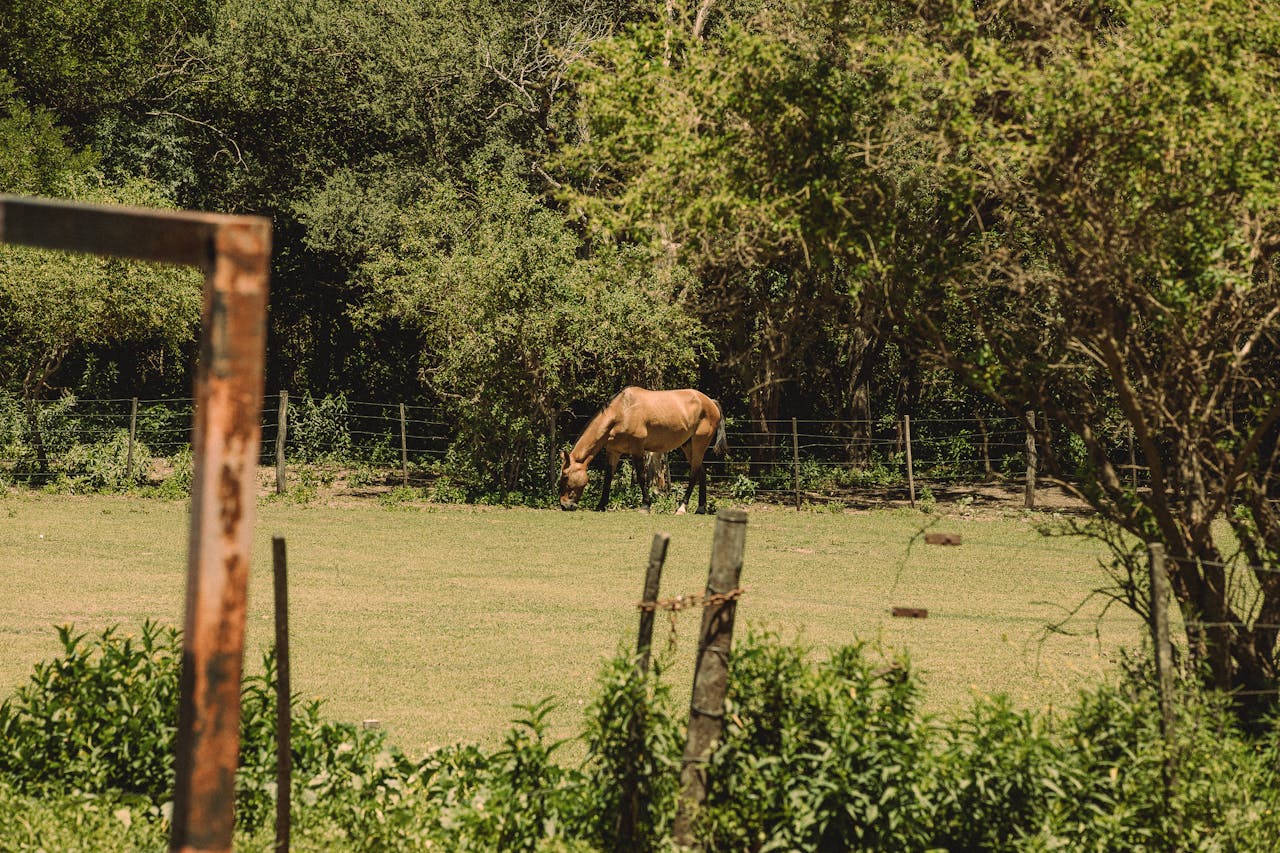
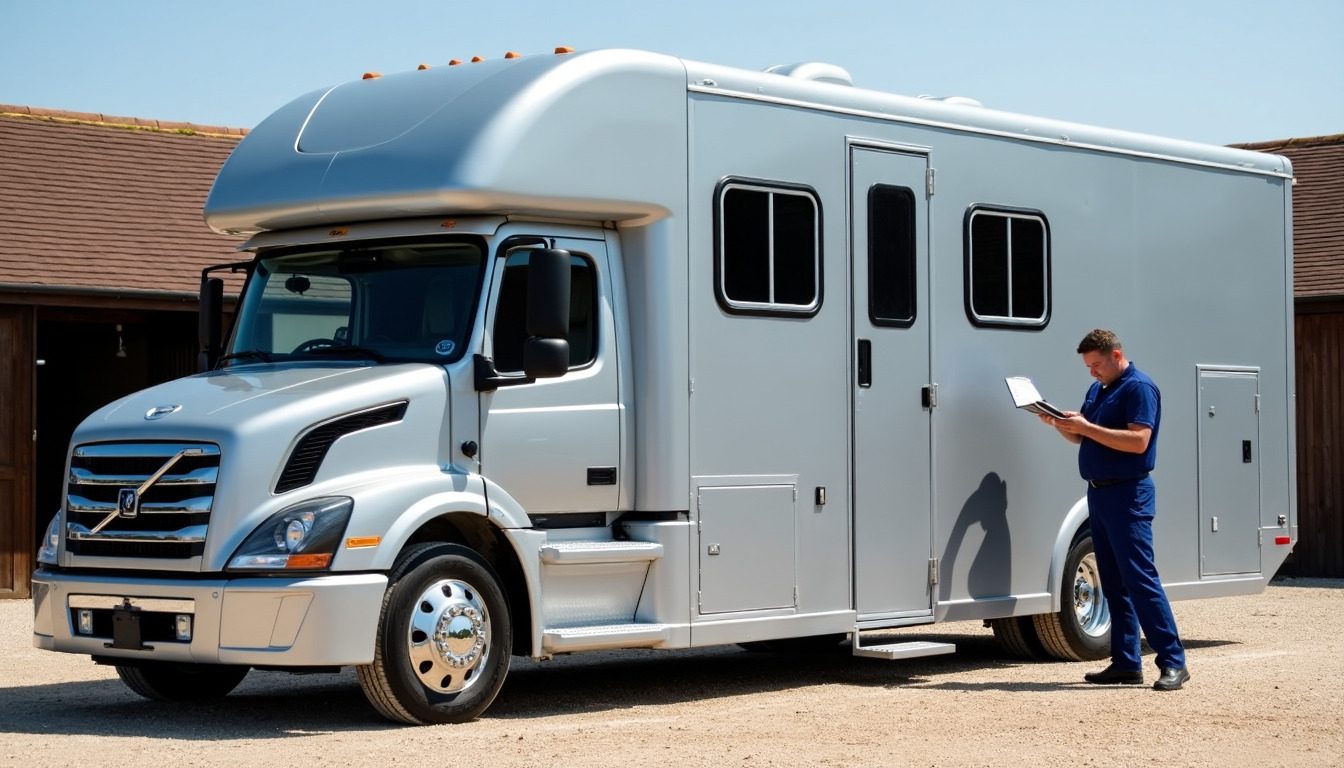
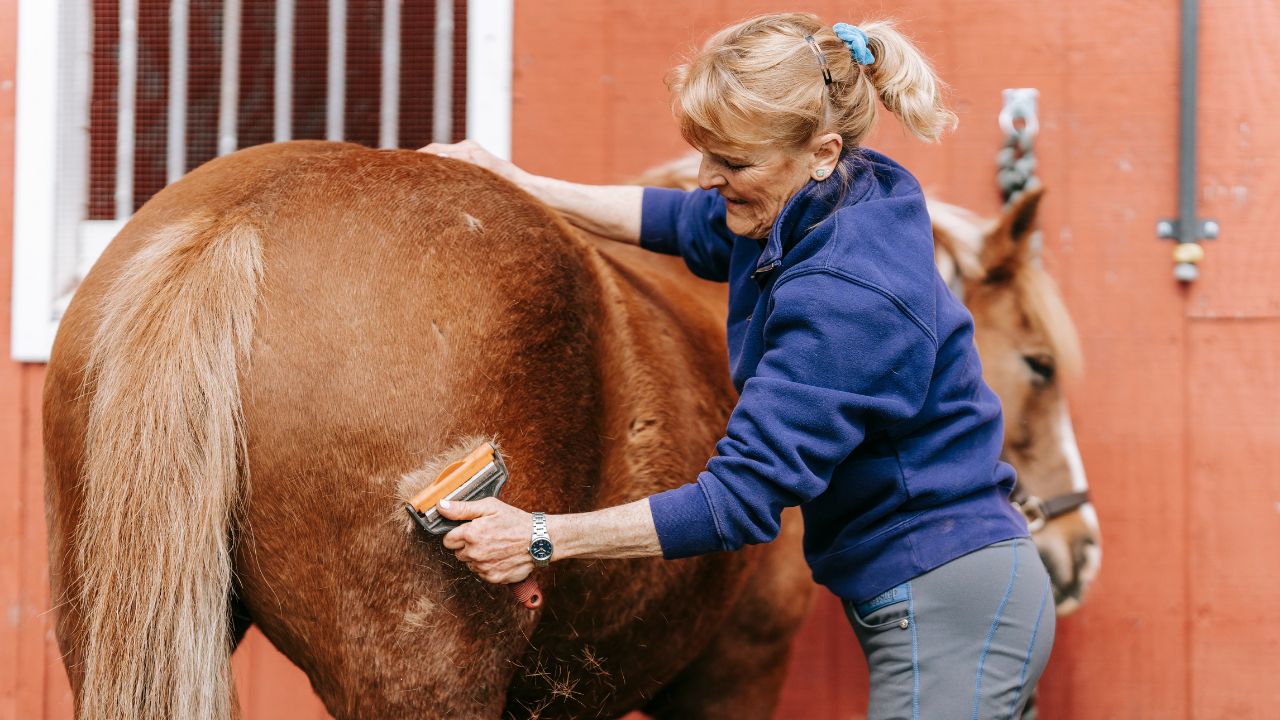
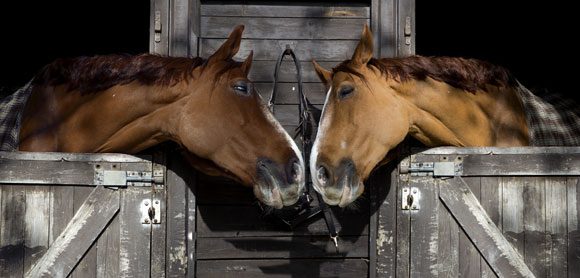
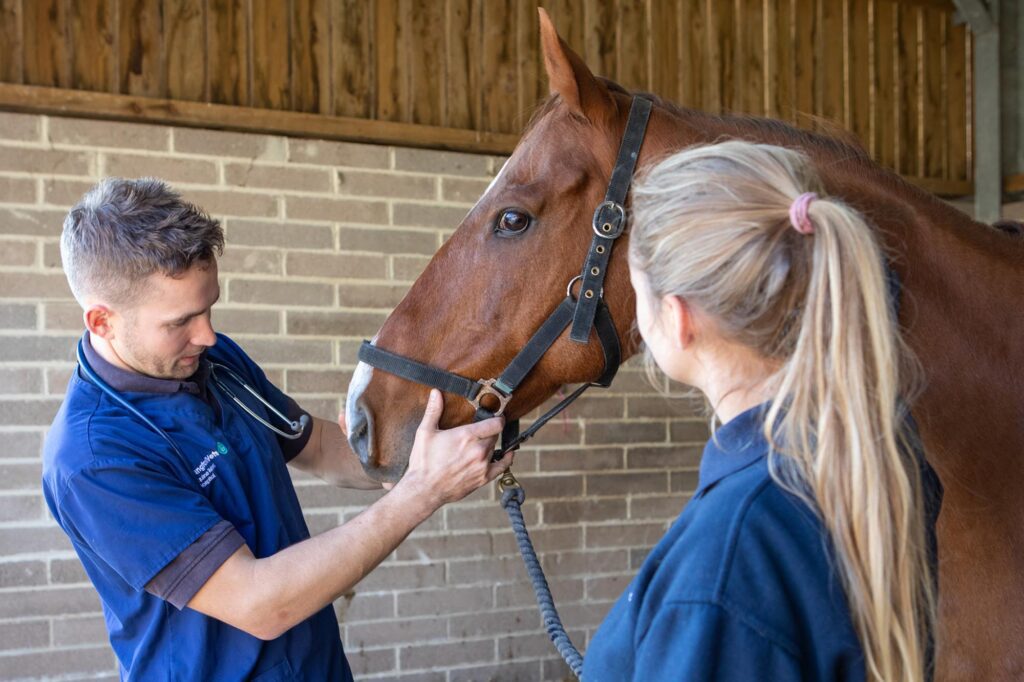
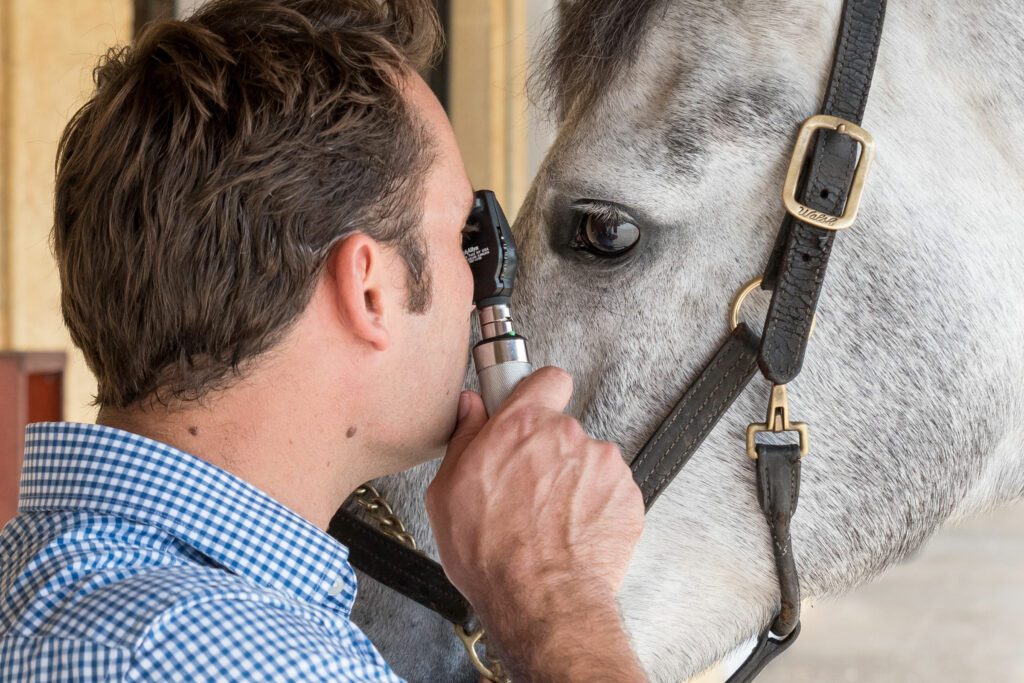
 Featured Listings
Featured Listings
 Adverts
Adverts
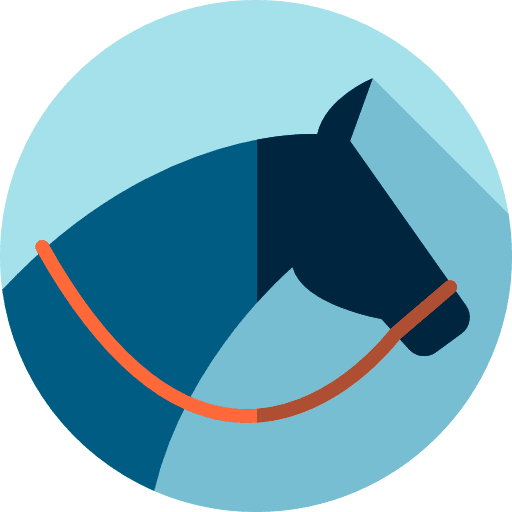 Horses For Sale
Horses For Sale
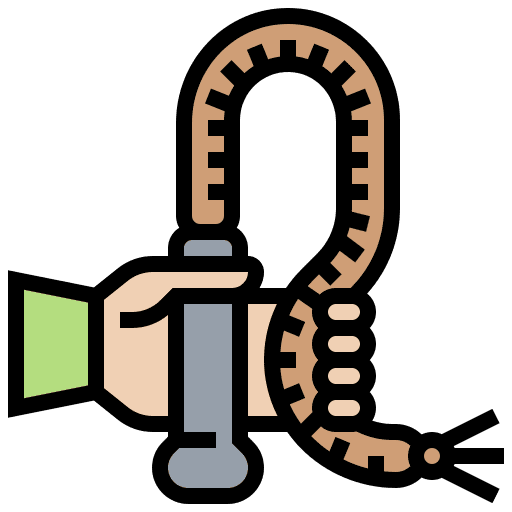 Tack & Equipment
Tack & Equipment
 Horseboxes & Trailers
Horseboxes & Trailers
 Equine Properties
Equine Properties
 4x4 Vehicles
4x4 Vehicles
 Horses For Loan
Horses For Loan
 Horses Wanted
Horses Wanted
 Stallions at Stud
Stallions at Stud
 Equine Services
Equine Services
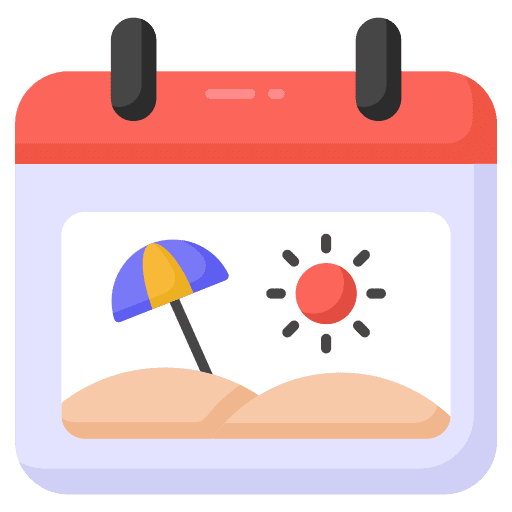 Riding Holidays
Riding Holidays
